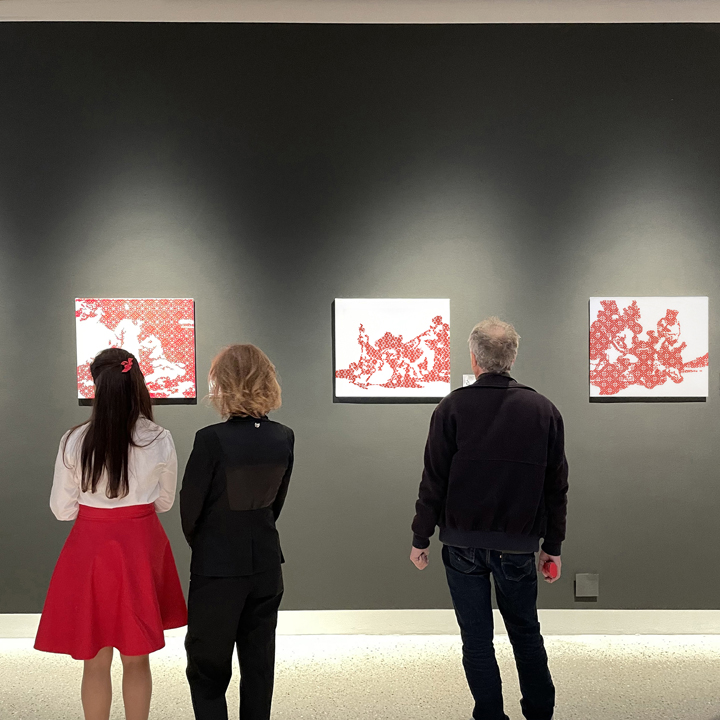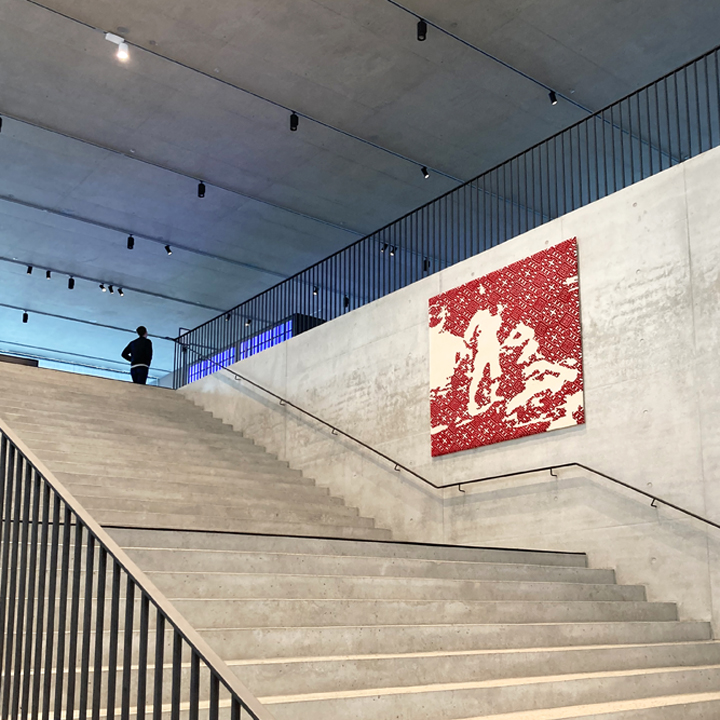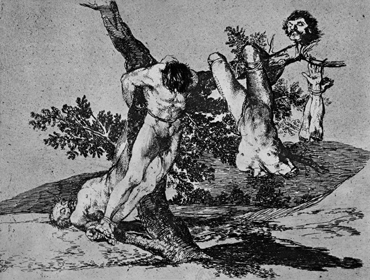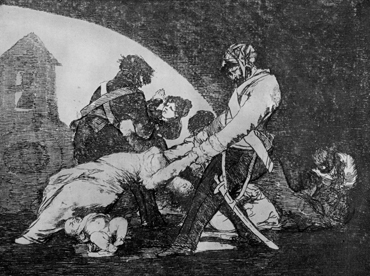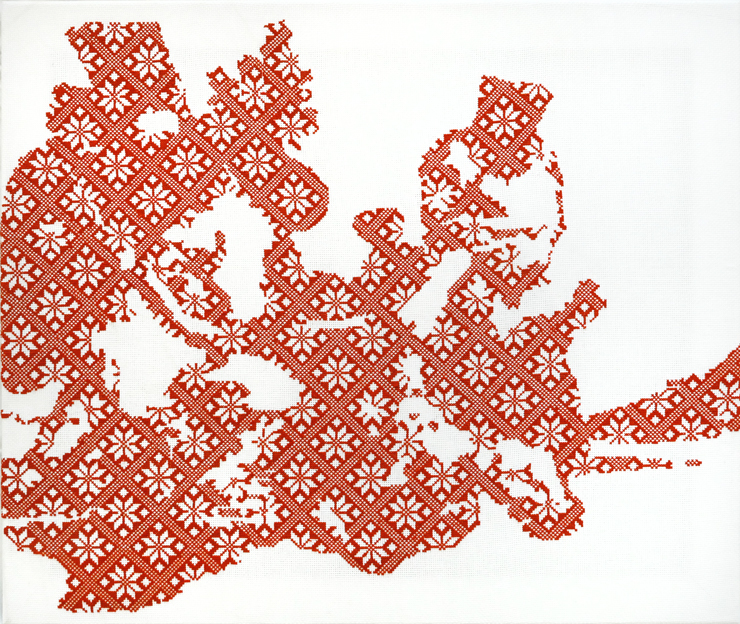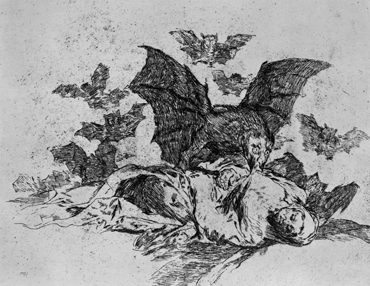morePlatz
architecture / urbanism / art / office / publications / contact deutsch

|
Rushnyk – a woven linen cloth with Ukrainian cross-stitch embroidery, is a symbol of hospitality and an inherent part of folk art. Each region has its own motifs, compositional characteristics and colors that are handed down from generation to generation, from mother to daughter.
|
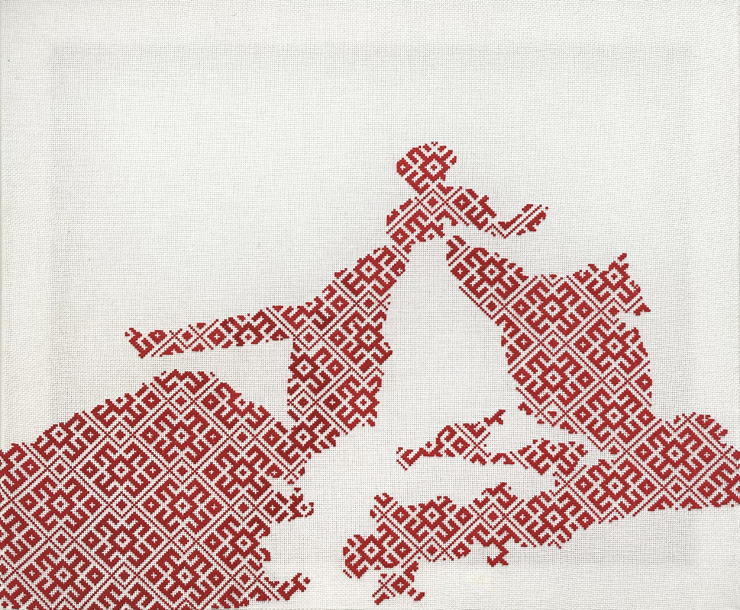
'Desastres de la guerra' or 'The Horrors of War' is a series of 82 prints by the Spanish painter Francisco de Goya, created between 1810 and 1814. The aquatint etchings depict the atrocities committed by Napoleon's soldiers in battle with the rebellious Spanish population against the French occupation. The pictures show crimes against humanity on both sides, rape, shootings, massacres, mountains of corpses, half dead.
|
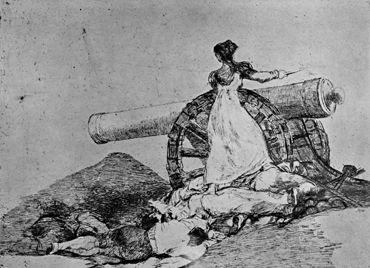 |

|
|
In light of the war in Ukraine, the 'Rushnyk / Desastres de la Guerra' series combines both art forms into embroidery images, depicting the horrors of war in Ukrainian embroidery designs. Goya's motifs are overlaid with the traditional patterns, the horrific acts of violence destroying the order of the regular patterns. The symbolic meaning of the traditional ornaments sets a new level over the centuries-old, constantly recurring incomprehensibility of human abysses caused by war.
|
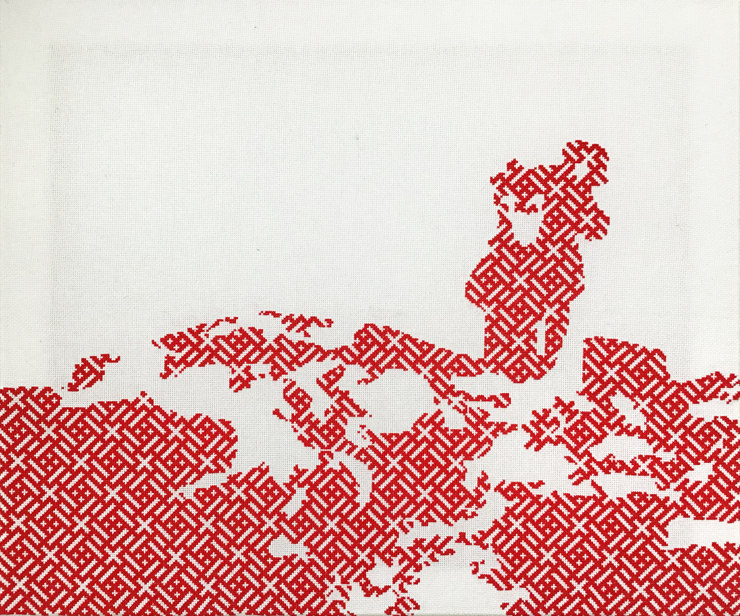
The location in the bunker on Blumenstrasse, which was built by the Nazis as a civilian air raid shelter during World War II, gives the exhibition a further historical context. The eternal ritornello of destruction, injury, death and hatred is illustrated and visualized and reflects the current explosiveness of the war with all its global effects such as refugee movements, economic and energy policy consequences, and increasing rearmament.
|
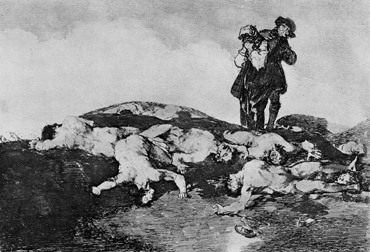 |

|
|
The peaceful, creative manual work is an expression of the need for peace as the basis for a dignified existence - tolerance, solidarity, empathy, balance and generosity are only possible in a stable, safe and free environment.
|
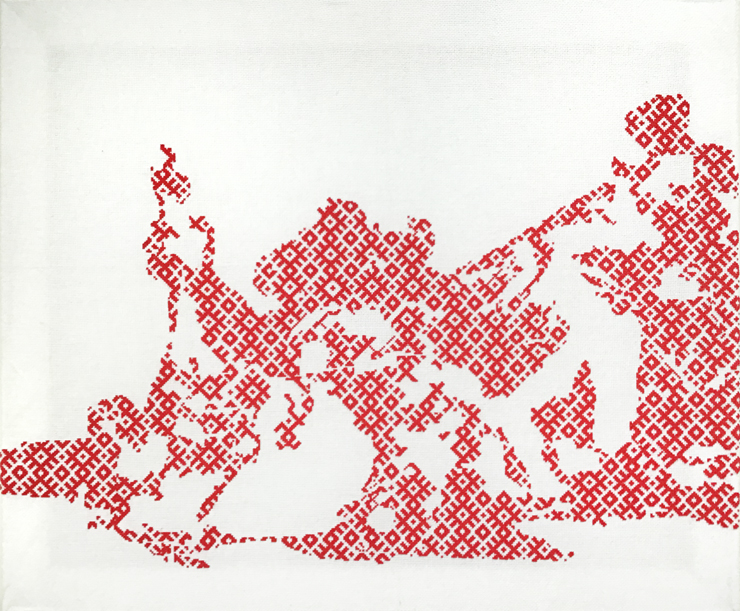
The year-long process of embroidering together with women who have fled from the Ukraine, has resulted in lasting human relationships that have overcome cultural differences and language barriers and form an independent part of the project. The exhibition poses the question of the possibility of peace, personal action and exploring what is in the power of artistic exploration.
|
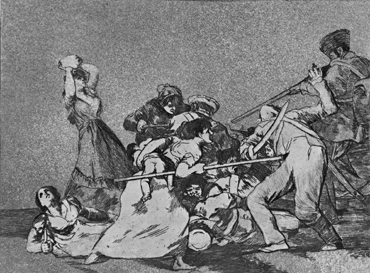 |

|
|
|
|
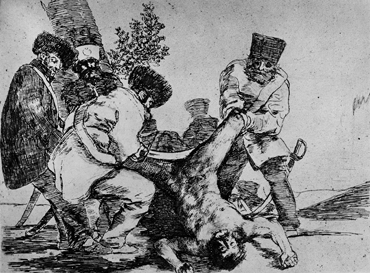 |
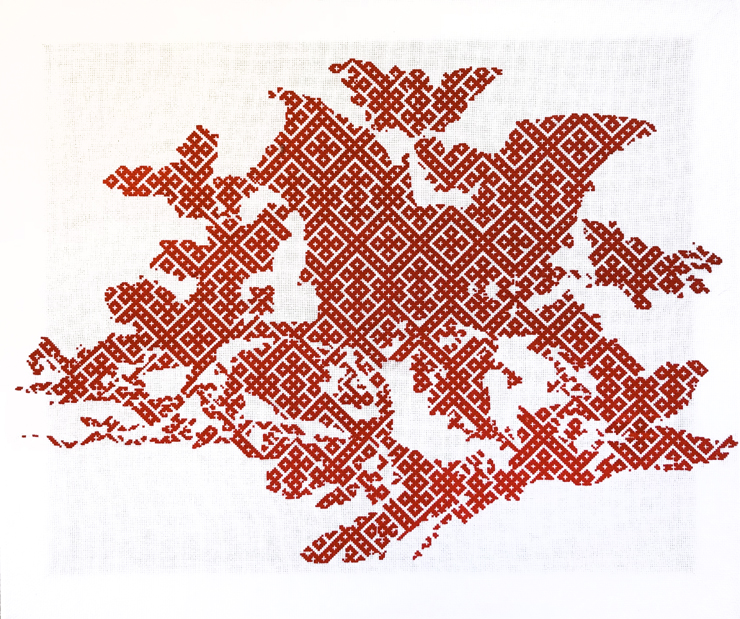
|
|
|
